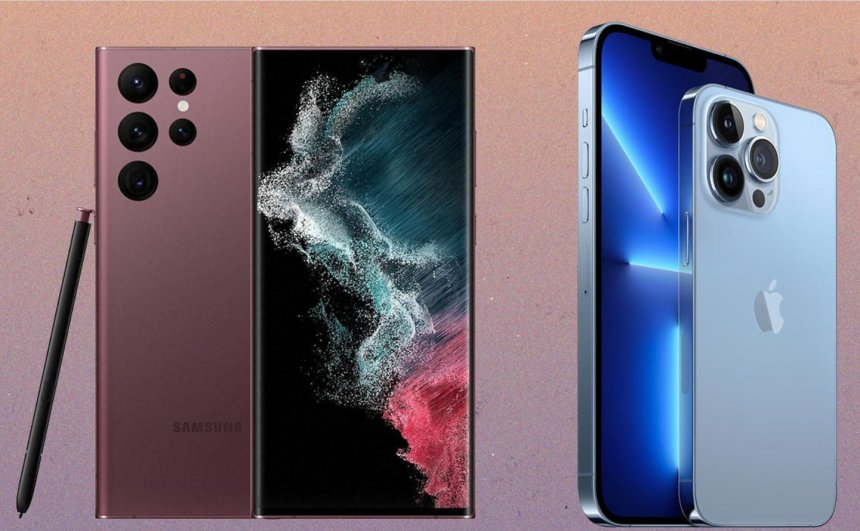One of the most hyped handsets of the beginning of 2023 is Samsung’s Galaxy S23. The phone has impressive specifications: a second-generation Qualcomm Snapdragon SoC with more power than any of its predecessors, more RAM, more storage, an impressive camera, faster WiFi, an impressive battery, and very impressive scores in the benchmarks. Unfortunately, there’s nothing in this new handset to get excited about anymore. It has the same format as any number of its competitors, it does the same things, only slightly faster, and none of its new features are new, and none of them are all that impressive. The new Galaxy S23 is a good smartphone, but not more than that.
Looking at the recent smartphone releases, one can’t help but wonder: are all future flagship phone releases destined to be this underwhelming?
How do we use our phones?
What are we using our smartphones for today? And does this justify the powerful hardware the manufacturers keep cramming under their hoods?
According to recent statistics, smartphone users spend most of their time in apps, especially on social networks and messaging, as well as browsing the web. And, of course, gaming. A never-before-seen number of smartphone users spend time playing games on their phones, mostly casual and casino games. This shouldn’t be a surprise, considering the growing number of gaming outlets listed at gambleonline.co/casino/real-money/ becoming available widely – all of them have fully-fledged mobile-first interfaces, making it easier to access them on the go.
Also, smartphones have become the primary way of shopping online and browsing the web, as the usage statistics of websites show, all the while reducing the time spent doing the same from desktop and tablet devices.
The number of people playing “triple-A” class games on smartphones, like Call of Duty or PUBG, that would justify such powerful hardware or do other tasks that require octa-core processors and loads of RAM is pretty low.
Did smartphones plateau?
Considering all the “new” features introduced with some of the leading smartphone models recently, which do little more than improve already existing functions, the answer is probably “yes”. Compared to models from a few years ago, today’s smartphones have pretty much nothing new – only better. More processor cores, faster RAM, and better GPUs that most users won’t even make use of anyway, more camera lenses on the phones’ backs, even better dust- and waterproofing, and maybe slightly better sound quality – but nothing that would make even smartphone enthusiasts excited for more than a few moments.
And this plateau is reflected by smartphone shipments as well (with the added effect of inflation in some markets, too): smartphone shipments fell to their lowest since 2013. And the time for which users hold on to their phones before replacing them has expanded from one or two years, on average, to 2 and a half, sometimes even more.
There are some exciting innovations coming
We’ve seen a few interesting concepts at this year’s trade fairs that may, indeed, reshape the smartphone – quite literally. One of them is the rollable screen showcased by Lenovo, both on laptops and smartphones. But until this actually hits the market, we can expect all future flagship phones to be a little underwhelming for the foreseeable future.














